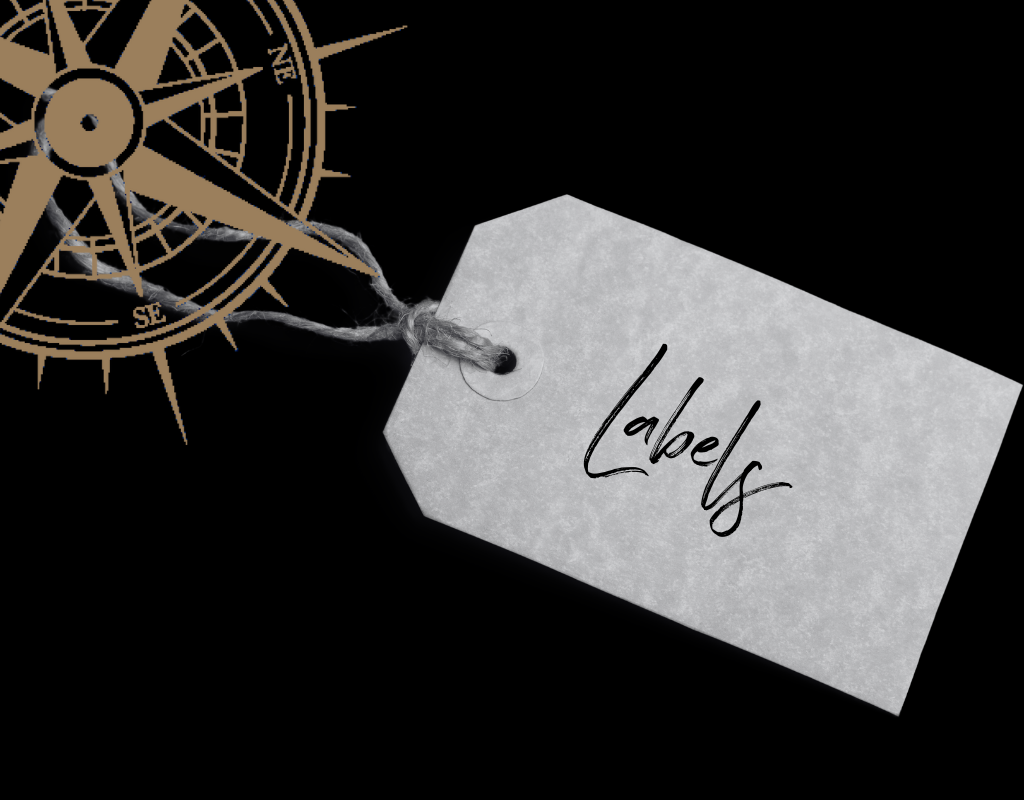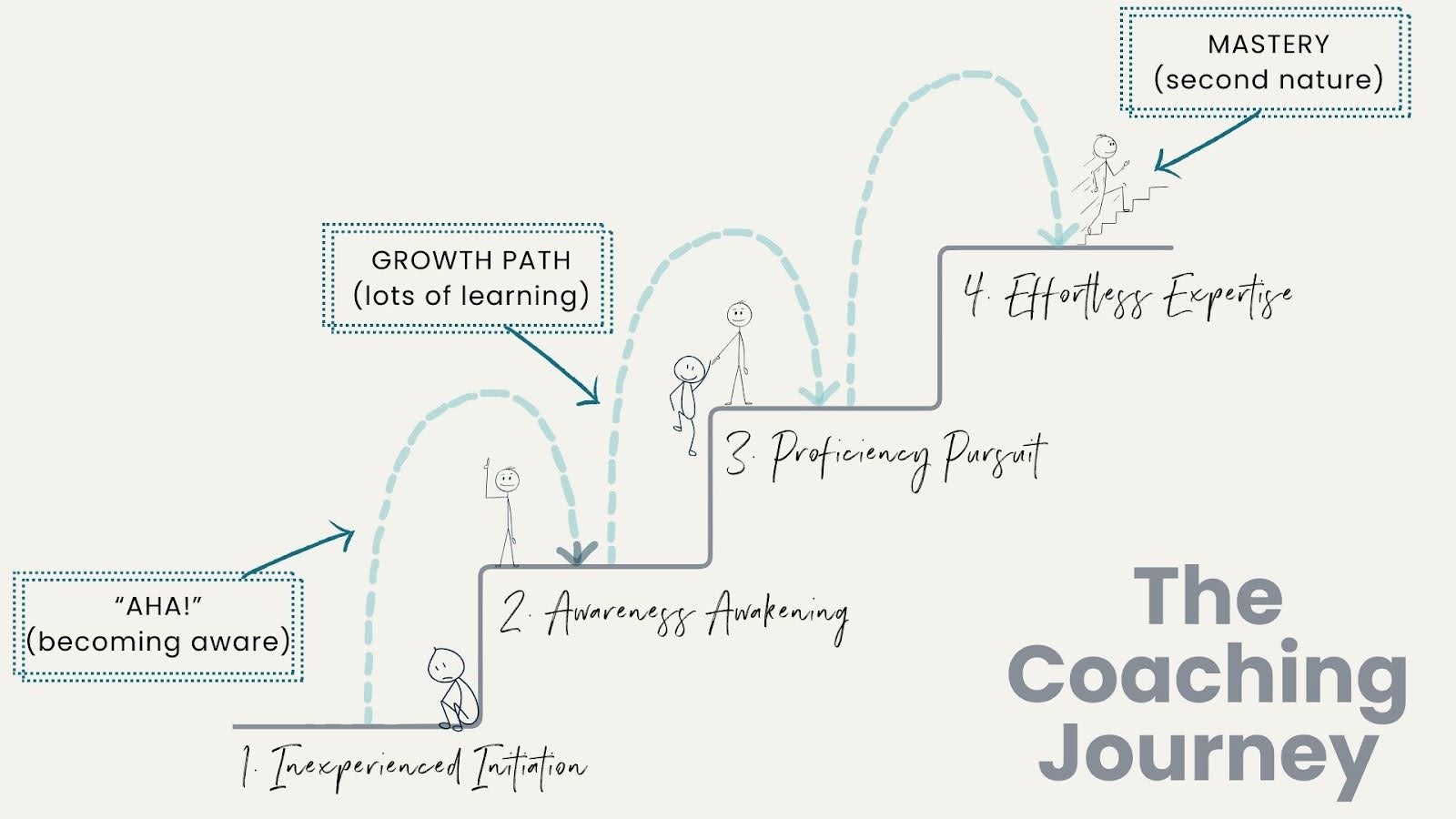Let me share a story. It isn’t my story; it is a polarised, inflamed story that you might not have heard before.
The story goes like this…
Echo found herself on the wrong side of Venus’s wrath, cursed and unable to speak on her own.
While wandering the woods one day, she stumbled upon the strikingly handsome Narcissus amidst a hunting expedition.
Despite her desire to call out to him, the curse held her tongue captive, frustrating her attempts.
Fortunately for Echo, fate intervened as Narcissus became separated from his companions, prompting him to shout, “Is anyone there?”
Echo seized the opportunity to initiate a conversation by completing his phrase, her echoing voice catching his attention.
Their meeting, however, took a tragic turn when Echo, overwhelmed by her infatuation, made advances towards Narcissus, only to be rejected. Ouch!
Undeterred, her unrequited love intensified, mirroring the timeless pattern of unreciprocated affection. AKA to want but not to be wanted in return.
Ultimately, Echo’s journey culminated in a solitary demise within a desolate cave, a poignant end to her unfulfilled longing.
Meanwhile, Narcissus, ensnared by his own vanity, garnered admiration from numerous admirers but remained fixated solely on himself.
In a twist of fate, Narcissus met his demise while gazing at his own reflection in a pool, unable to extend his love beyond his own image.
Thus, their intertwined destinies serve as a cautionary tale of the perils of self-absorption.
…
This story has fascinated people for centuries.
And it was only in 1968 that Heinz Kohut invented the term for Narcissus in which he labelled “narcissistic personality disorder”.
However, if you read about “narcissism,” you’ll find that there is the following behavioural actions,
- Sense of entitlement
- Manipulative behavior
- Need for admiration
- Lack of empathy
So let’s look a little further into the behaviours from the DSM-5.
- Grandiosity is a pervasive pattern (making themselves appear impressive)
- Desire for adoration
- Power fantasies, success fantasies, beauty fantasies, or an exaggerated view of love fantasies
- A feeling of being entitled
- Belief in one’s own specialness, uniqueness, or high status
- Empathy for others is lacking
- A proclivity to take advantage of others
- Arrogant attitude
Really, it is just meaning ‘arsehole’.
People use narcissism in so many environments, work, relationships, politics and everything in between.
And we’ve all met a few of them.
And if we hold a mirror up in true self-reflection style, we are one too.
So why do labels exist in human behaviour, why do we box people in?
A part of our development in our brain is to learn to categorise. Our brains are wired to organise and make sense of the world around us, including the people we encounter.
Labels will essentially help you to simplify complex information and categorise individuals based on behaviors, and make predictions about how they might behave in the future.
But with the double-edged sword, while labels can be useful in certain contexts, they can also be limiting.
How do you know you have labelled someone?
Think of it as catagorising. It is a bunching together a number of traits, actions and inactions.
Some examples are “introvert” or “extrovert,” identities such as “student” or “parent,” or groups of people like “Republican,” “Democrat,” or ‘Labor’ Or “Liberal” or an action like ‘“lazy”.
Let’s explore lazy as a label.
Lazy is avoiding or delaying tasks or responsibilities, lacks drive in x, y or z, and chooses leisure over productive work…
Or extrovert
Energised by interactions with others, engages with talking, or thinks out loud.
A label is a bias and assumption, challenging stereotypes, but doesn’t describe specifically enough what they are doing or not doing.
You can face gaslighting, emotional abuse, being ignored, or being made into a villain if you’re in a relationship with a narcissist.
You can feel as if you’re going insane or as if you’re always walking on eggshells.
Swinging back to the narcissist,
Removing labels helps us to appreciate the individual, but putting a label on them does the same thing too.
Labelling can be a way for you to communicate your experience so others get a picture of what you are describing.
Imagine trying to list everything in one go, but the quick way to say it in one to two words.
Makes sense hey Coach.
So, let’s not label labels as negative.
They serve a purpose.
Now, if you feel you are playing Echo to the Narcissus in your life right now, and want to dissolve this dynamic, then reply with ‘Echo,’
We have a Transformation Day coming up and it’s perfect to work through this dynamic.
We’ll dissolve the dynamic and get you to find your voice.
With oodles of love,
Tanya x
Leadership Coach & Master Certified Demartini Method Facilitator
BAppSoSc (Counselling)
Maximum Growth
Tanya Cross
on
May 17, 2024










